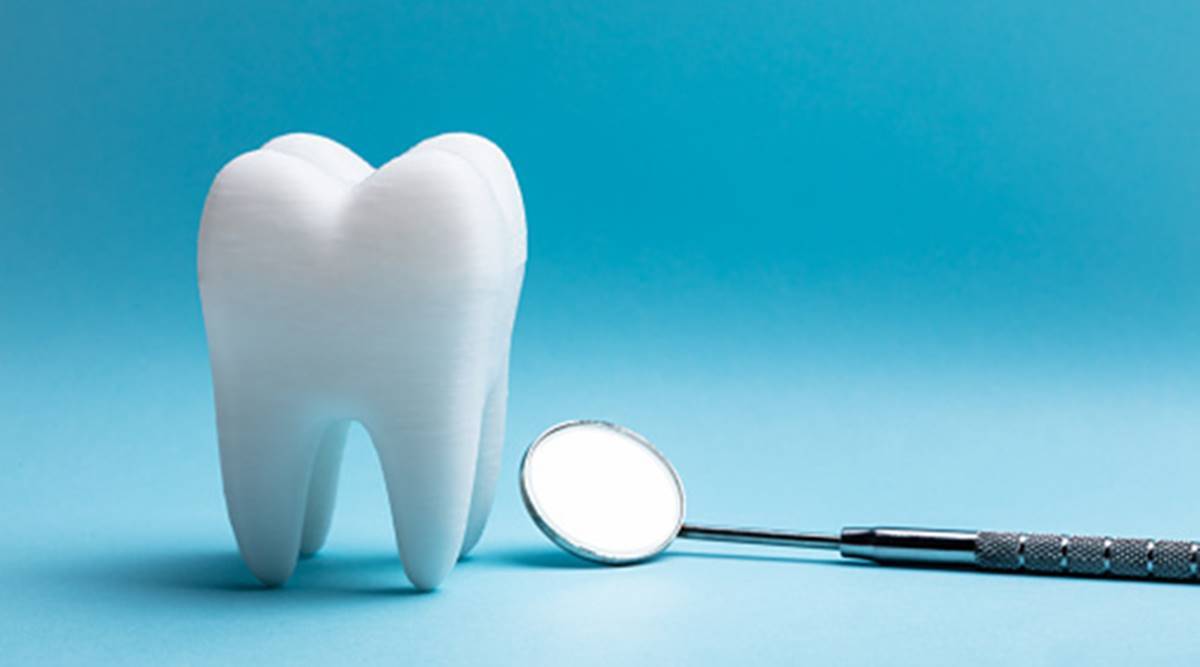
Building a Dental Website: Guidance for Dental Practitioners
In the digital age, dental websites serve as the first point of contact for many potential patients. Your online presence is a powerful tool, allowing you to showcase your services, establish trust, and ultimately attract new patients. But building a dental website isn’t just about having an online portfolio; it’s about creating a user-friendly platform that meets the needs of your visitors. With the right approach, you can craft a website that not only functions well but also accurately reflects your brand and practice. So, where do you begin? This article provides a comprehensive guide on building a dental website, offering essential tips to help dental practitioners create an engaging and useful platform for their patients.
Understanding the Importance of Dental Websites
In today’s digital-centric world, dental websites play a significant part in a practice’s success. It’s where most potential patients make their first impression of your practice. If your website is engaging, informative, and easy to navigate, it can help encourage visitors to book an appointment. Conversely, an outdated or poorly designed website might deter potential patients. A well-structured website can also build credibility, showcase your services, and provide essential information to existing patients. It’s not an exaggeration to state that a dental website is a crucial part of a thriving modern practice – it’s your virtual reception desk, waiting room, and brochure all in one. Hence, understanding its importance is the first step towards building a successful online presence for your dental practice.
Identifying Your Dental Website Needs
Before you start designing your dental website, it’s essential to identify what you want it to achieve. Do you want to attract new patients? Provide information about your services? Or perhaps you’re looking to streamline appointment bookings? By defining your goals, you can ensure that your website serves a clear and useful purpose. Next, consider your target audience. What sort of information are they likely to be looking for? What sort of aesthetic will appeal to them? By understanding your audience’s needs and expectations, you can build a dental website that resonates with them, encourages engagement, and leads to increased patient satisfaction and loyalty.

Designing for Functionality and Aesthetics
The design of your dental website should be a balance between functionality and aesthetics. A visually appealing website can help create a positive impression and build trust with potential patients. However, it’s equally important for your website to be user-friendly. Make sure that your website is easy to navigate, with clear menus and a logical layout. It should be straightforward for visitors to find the information they need, whether that’s details of your services, your contact information or how to book an appointment. Remember, a functional, attractive website isn’t just about looking good – it’s about providing a positive user experience that reflects well on your practice.
Incorporating Appropriate Content that Resonates
A dental website’s content should be both relevant and engaging. Consider incorporating a range of content types, such as written articles, videos, and interactive tools, to provide value to your visitors and encourage engagement. Patient reviews can add credibility, while educational articles can demonstrate your knowledge and commitment to patient care. Additionally, consider writing about topics that resonate with your target audience. Tailored content can help your visitors feel understood and valued, encouraging them to trust your practice and consider your services. Always remember to keep the language straightforward and accessible, ensuring that the information is easy for your patients to understand.
Optimising Your Dental Website for Search Engines
SEO, or Search Engine Optimisation, is a crucial aspect of any online platform, and dental websites are no exception. By optimising your site for search engines like Google, you increase the chances of your website appearing in the search results when potential patients look for dental services. This can be achieved through several strategies, including the use of relevant keywords, creating high-quality content, and ensuring your website loads quickly. Moreover, local SEO is a valuable tool for dental practices, helping your website appear in local search results, thereby reaching potential patients in your area. Remember, an optimised website can significantly increase your online visibility, helping your practice to attract new patients.
Monitoring and Updating Your Dental Website Regularly
Your dental website is not a ‘set it and forget it’ project. It needs regular monitoring and updating to remain relevant and effective. Regularly update your content to keep it fresh and engaging for your visitors. Track your website’s performance using analytics tools to understand visitor behaviour and to identify areas for improvement. Additionally, regularly check for any technical issues that may affect your website’s performance or security. Staying on top of these elements ensures your dental website continues to serve your patients effectively and maintains a strong online presence.
Any surgical or invasive procedure carries risks. Before proceeding you should seek a second opinion from an appropriately qualified health practitioner.



